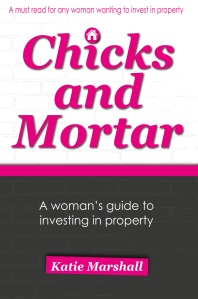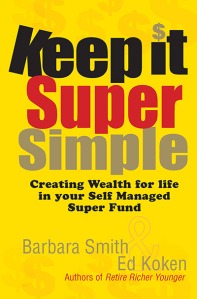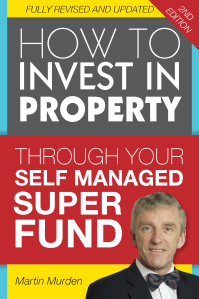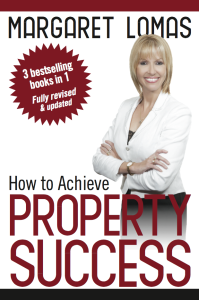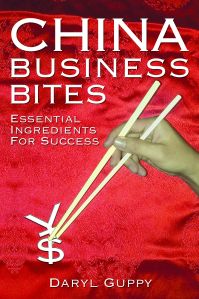According to last year’s author earnings report, self-published authors were responsible for one-third of all ebook sales on Amazon. That’s quite an achievement for a group that used to be treated with disdain. Self-publishing in the past was derided as ‘vanity’ publishing.
Today, self-published authors are regarded highly more as proactive, entrepreneurial and tenacious as they bravely tackle the wide world of publishing that for so long has been something of a closed shop. Technology has changed that, together with online book-selling. It’s now an easy process to publish and distribute your own book (particularly if you are just after ebook distribution).
At Major Street we have helped many self-published business authors publish their books. From our experience we have come up with a few things that will help make your self-published book a success:
- Define your target market right from the outset – Even before you start writing your book it is important to work out who will read it. Pitch your content to those readers. Also pitch your pre-publication marketing (cover blurb, advanced information and social media posts, etc.) to that demographic.
- Edit your book professionally – This doesn’t mean that you get your mum (who is an ex English teacher) or your partner (former class spelling bee champion) to give it a read over. If you employ the services of only one professional, make it an editor. There is nothing that puts a reader off more than a badly organised, badly written book full of spelling mistakes and grammatical errors. Particularly if your book showcases your business and puts you forward as an expert, the quality of your writing will be perceived as reflecting the quality of your other business services or products. Make sure that quality is high!
- Be prepared to do your own marketing – I often say to authors that writing the book is the easy part, the hard part is when it’s published and you need to sell it. Your enthusiasm for your book should be unbridled and ongoing. At every opportunity you must tell people about your book and promote it in any way possible. No-one can promote your book as well as you can. You know every word and why it was written.
- Don’t expect your book to make your rich – Unless your book becomes a global best-seller it will not generate significant income for you to give up your day job. In fact, if revenue from your book covers your costs then you are doing well. What your book will do is get your work out there. Most business book authors who we work with are experts in other fields – such as property investment or self-managed superannuation – they hope that their books will bring them new clients rather than a royalty income.
With self-publishing, as with anything, just because something is possible it doesn’t mean that you should do it – not on your own at least. Ask most self-published authors and they will wish they had got more professional help and/or they valued the professional help they did receive.
Major Street Publishing is here to help. We recently worked with Katie Marshall on her self-published book Chicks and Mortar.
Here’s what Katie said:
‘Writing and publishing a book was daunting. There was so much involved in the process and so many details to know. Even though I had design experience, I chose to work with a publisher to help guide me through the process and make sure my book was laid out perfectly. It was the best decision.”

